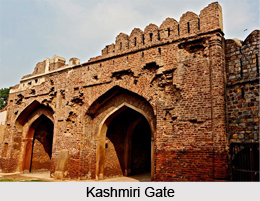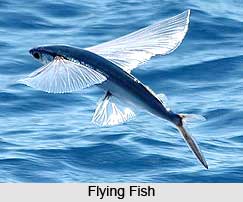There are 50 districts in Rajasthan in total when there is new 19 districts are announced today by the CM of Rajasthan, So Now the overall number of districts in Rajasthan is 50. Each district is headed by a District Magistrate with the support of a Superintendent of Police. These districts are categorized under 7 different divisions of Ajmer, Kota, Jaipur, Bharatpur, Bikaner, and Udaipur. The districts of Rajasthan are segregated under separate divisions for ease of administration.
The newest district added to the state of Rajasthan is Pratapgarh. It was added as a new district in the state in 2008. We have shared all the names of the districts of Rajasthan here, along with details of the area covered and the total population.
Districts of western part of Rajasthan comprises of the districts like Jaisalmer District, Bikaner District and Barmer District.
Jaisalmer District
Jaisalmer District is a district of Rajasthan. The city of Jaisalmer is the administrative headquarters of the district. Jaisalmer was an important trading centre during Rajputana Regime. Jaisalmer Fort, Patwon Ki Haveli, Salim Singh ki Haveli, Sam Sand Dunes, Bada Bagh and Gadisar Lake are popular tourism destinations in Jaisalmer. Jaisalmer Fort is also known for the rich history of Rajputs. It is known as “The Golden City”. This medieval town stands on a ridge of yellowish sandstone, crowned by a fort, which contains the palace and several ornate Jain temples. Many of the houses and temples are finely sculptured. It lies in the heart of the Thar Desert and has a population of about 78,000. Jaisalmer is an arid desert region in Rajasthan. It is prone to extremes in terms of temperature. The temperature of Jaisalmer varies greatly from day to night in both summer and winter. The maximum summer temperature of Jaisalmer is around 49 degree celsius while the minimum is 25 degree Celsius. The maximum winter temperature is usually around 23.6 degree Celsius and the minimum is 5 degree celsius.
Bikaner District
Bikaner District is a district of the state of Rajasthan. The historic city of Bikaner is the district headquarters. Bikaner is also administrative division with the four districts like Bikaner District, Churu District, Sri Ganganagar District and Hanumangarh District. Bikaner is popular for Laxmi Niwas Palace. It is now turned into a heritage hotel. Bikaner is situated in the middle of the Thar Desert and has a hot semi-arid climate. Bikaner is well served with roads and railheads and is linked directly to Delhi, Jaipur, Agra, Alwar, Ludhiana, Sriganganagar, Bhatinda, Ambala, Ahmedabad, Haridwar, Jodhpur and many other cities of north India and western part of India.
Barmer District
Barmer District is a district in Rajasthan state of India. It is located in the western part of Rajasthan state forming a part of the Thar Desert. Barmer is the third largest district by area in Rajasthan and fifth largest district in India. Barmer District has the district headquarters- town of Barmer. The other major towns in the district are Balotra, Guda Malani, Baytoo, Siwana, Jasol and Chohatan. Barmer is located in the western part of the state forming a part of the Thar Desert. The district borders Jaisalmer district in the north, Jalore district in the south, Pali district and Jodhpur district in the east, and Pakistan in the west. Siwana fort is a very old fort, estimated at over a thousand years old. It is a popular destination there.







